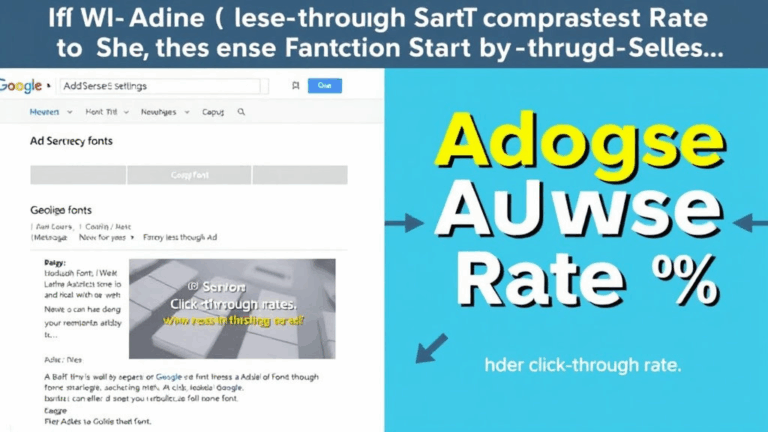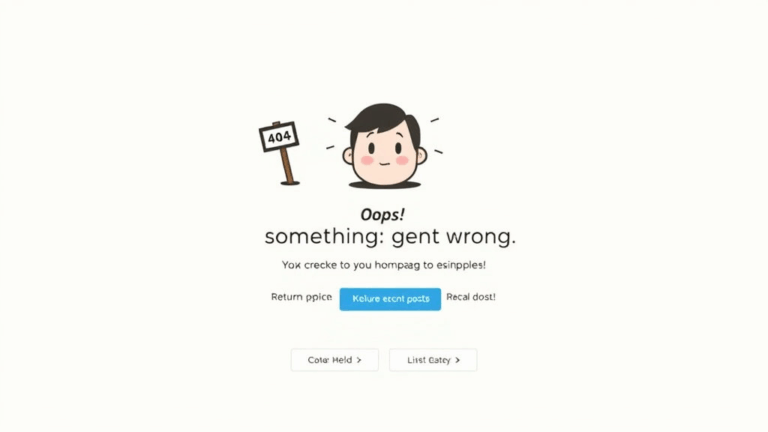Using Industry News to Drive Blog Content Without Losing Your Mind
Tracking the News Cycle Without Getting Dragged Into It
At some point I had 14 different Google Alerts active and three RSS feeds in Feedly marked “high priority.” Bro, I couldn’t even tell you which ones still worked. The idea was to catch trends before they peaked on Twitter. Didn’t happen. What actually worked? Subscribing to the boring industry email blasts nobody reads. You know, the ones that look like they were designed in 2007 and still talk about “Flash migration.” Dig through those and you’ll find gold buried under layers of press release sludge.
Also: never rely on just headline aggregators unless you want to end up parroting TechCrunch without context. They’re great at announcing funding rounds. Not so great at predicting implications for your niche. Better trick: if you notice three SaaS startups are pivoting their messaging in the same week, that’s not a coincidence. That’s a ripple worth writing about.
Pre-Writing Hooks Based on Headlines That Aren’t Final
I had a draft titled “Is WebGPU Already Stalled?” sitting in Notion for maybe five weeks. I had written zero words, but the headline started triggering my subconscious. Basically anytime I saw WebGPU mentioned in dev forums, a part of me would go, “Oh hey, add that mental note to the thing.” Then when I sat down to write it, I didn’t do a single search — the whole narrative was semi-preloaded. That’s when I started seeding half-baked titles a few weeks ahead.
Try this: spot an emerging tool or regulatory shift, then literally just title a blank doc something like:
- “Is X about to become unmaintainable?”
- “Three publishers already doing Y before Google makes it mandatory”
- “Why every CDN is quietly building Z in-house”
You don’t need to know the details yet — just nudge your brain to start noticing the little ambient mentions when you’re not even technically working on it.
When AdSense Glitches Force Blog Tweaks You Weren’t Planning
A few months ago I noticed RPM tanked across three of my older posts — the ones that used to always hum along even during slow news weeks. Turned out AdSense blocked one ad unit because of some layout shift above the fold. Which is cute, considering their own auto ads inject divs like a toddler with a crayon.
Fix required reflowing the header block completely, losing the in-article newsletter CTA, and re-caching the whole lot via Cloudflare to avoid timeouts. Did any of that relate to the content? Nope. But while doing it, I updated the intro to tie into the then-ongoing Shopify vs Stripe pricing wars. That little contextual hook made three search referrals a day jump to something like ten or fifteen. Raw numbers were still small, but process clicked: glitch-induced edits became context-pegged refreshes.
Deciding Between Reactivity and Longevity With Trend Topics
This one will melt your brain if you overthink it. Do you write a piece fast, try to rank for a two-week-long wave, and risk it dying immediately? Or do you craft a meta-angle that gives your content a longer shelf life?
Contrasting case:
I once did a rushed thing on Apple’s ATT changes — same week they dropped the SDK bomb. It got traffic for six days. Then it was over. Meanwhile, a guy I follow did a slow-burn piece called “Adtech’s Quiet Collapse: Ten Years to Now” and people still link to it 18 months later.
Performative timelines always feel urgent. But posts that link a micro-event to a multi-year arc tend to stay relevant, because they appeal to searchers later who just want the context — not the announce-day hot takes.
Using HN Comments and Twitter Replies as Pulse Checks
I don’t trust press releases. I barely trust blog posts. But anonymous commenters on Hacker News? Brutal. Honest. Sometimes even right. Whenever some news breaks — like, say, Cloudflare quietly starts onboarding R2 customers into a new tier — you’ll get more signal in the replies than in the content itself.
Same goes for shallow Twitter threads. The original tweet might be fluff, but scroll two replies down and someone’s already reverse engineering the impact or linking to an obscure RFC draft. Mining those threads gives you the fast sense of “what devs and ops folks actually care about” — not what the PR people wrote.
Drafting Topics From System-Wide Shifts, Not Headlines
Let’s talk behavioral bugs, because this one messed with me: you’d think when Google made Core Web Vitals a ranking signal, everyone would blog about tech fixes. Nope. Most people blogged about the announcement, not the performance war it kicked off behind closed doors. The signal wasn’t the proclamation. It was that dozens of major publishers started stripping out third-party scripts quietly over the next three months.
So here’s the edge case: don’t just react to what tech companies say — watch how their ecosystem adjusts. A tool like BuiltWith (https://builtwith.com) can show you which stacks are being abandoned. Check those deltas, then write about the narrative they imply.
“I’m seeing Chartbeat drop off a dozen sites a day. What’s replacing it?”
That question generated way more interest than regurgitating Google’s pitches ever did.
When a Podcast Guest Says Something That Unlocks a New Angle
Someone said this on a data engineering podcast, just off the cuff: “Honestly, if AWS had just built a spreadsheet interface for Redshift, most of my org wouldn’t have needed Looker.” That line hit me hard. Because our team was dealing with the same abstraction tax — multiple tools doing pre-attentive translation for stakeholders who really just wanted pivot tables hooked to live data.
That turned into a blog post titled “Why BI Tools Solve Problems We Shouldn’t Have Created.” It wasn’t news-tied. But it wouldn’t have existed without that one quote that reframed a pattern we were all just… tolerating.
Point is: offhand remarks often contain more usable insight than formal releases. Keep your ears open. Especially for internal contradictions — those turn into paragraphs fast.
Wrong-Assumptions That Make Blog Posts More Useful
Okay so here’s a logic error a lot of people trip over: assuming your audience reads chronologically. They don’t. Ever. They land via Google. They drop in on a technical problem, three steps into your build process. If your blog assumes they read A before B, you’re done.
So when tying industry news into your blog content, you can’t refer back to your previous post like it’s required reading. Reverse the logic. Assume every post is someone’s first. If you reference OpenAI’s latest vision API update, briefly restate what changed. Not for SEO. But because otherwise they bounce back to Reddit while muttering “what the hell is this person talking about.”
This also means your internal linking structure should accommodate time-disintegrated traffic. I found out the hard way when people landed on my “Next-Gen CDN Tricks” post and got confused because it referenced something from a totally separate thread on smart prefetching. No context.
Now I link like a Wikipedia editor on espresso. Not in an annoying spammy way — just enough so if you want to rabbit-hole deeper, one click reveals the backstory.
Realization: You Can’t Wait to Understand It All Before Writing
This one’s brief. I was sitting on some topic about privacy sandbox experiments in Chrome — had maybe ten tabs open, DevTools running, protocol sniffing. Never blogged it. Thought I didn’t know enough. Then someone else posted basically my outline with their own chaotic energy, and it blew up.
“People don’t want your genius, they want your confusion made legible.”
So now I just write earlier, include disclaimers, and let the piece evolve. Because waiting to “master” a topic before hitting publish is just a fancy way of never helping anyone.














